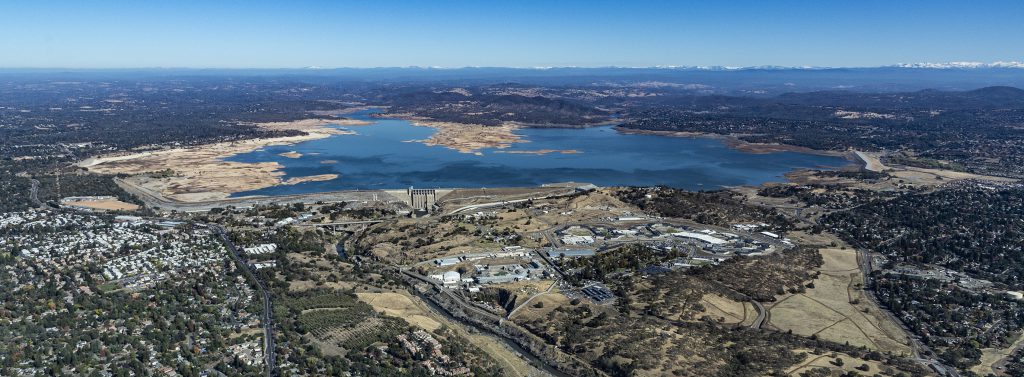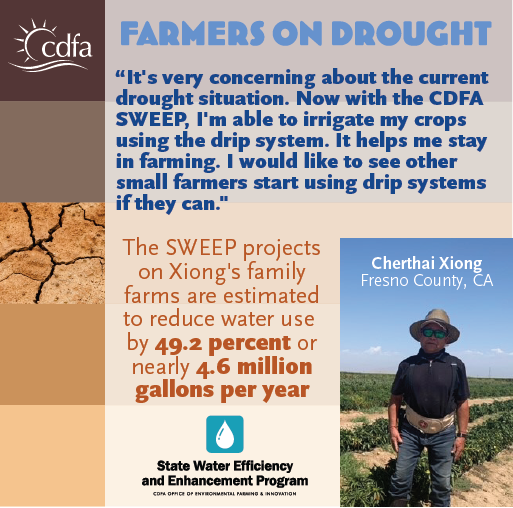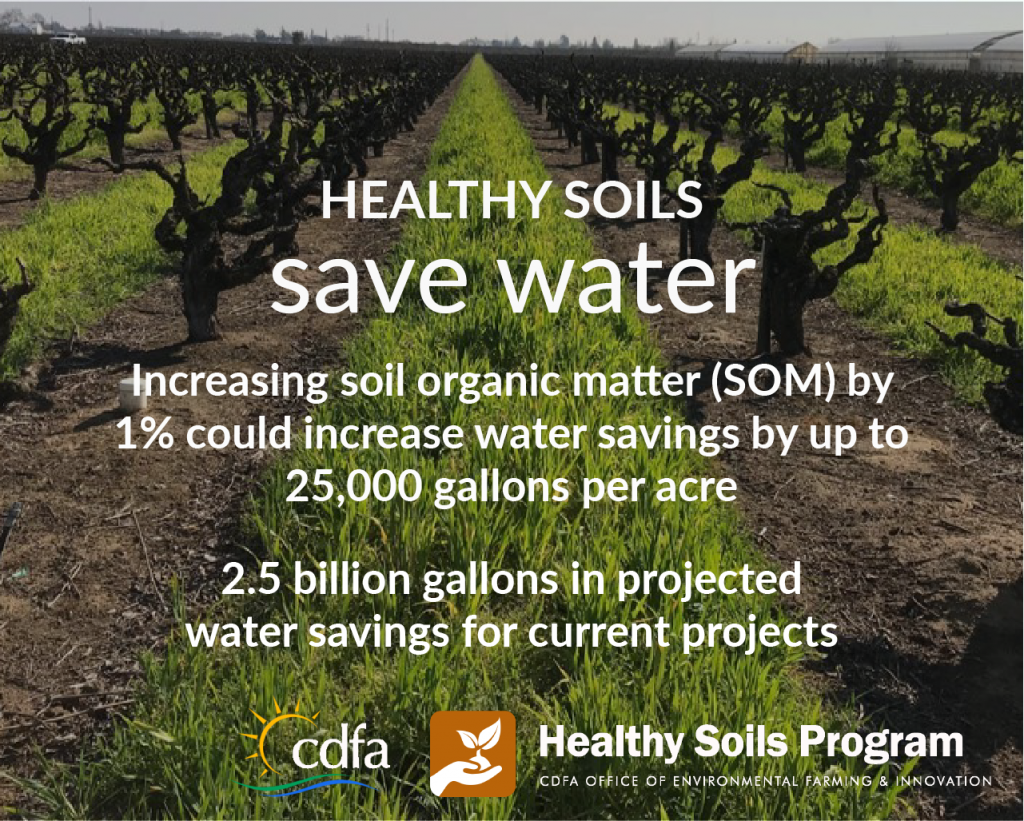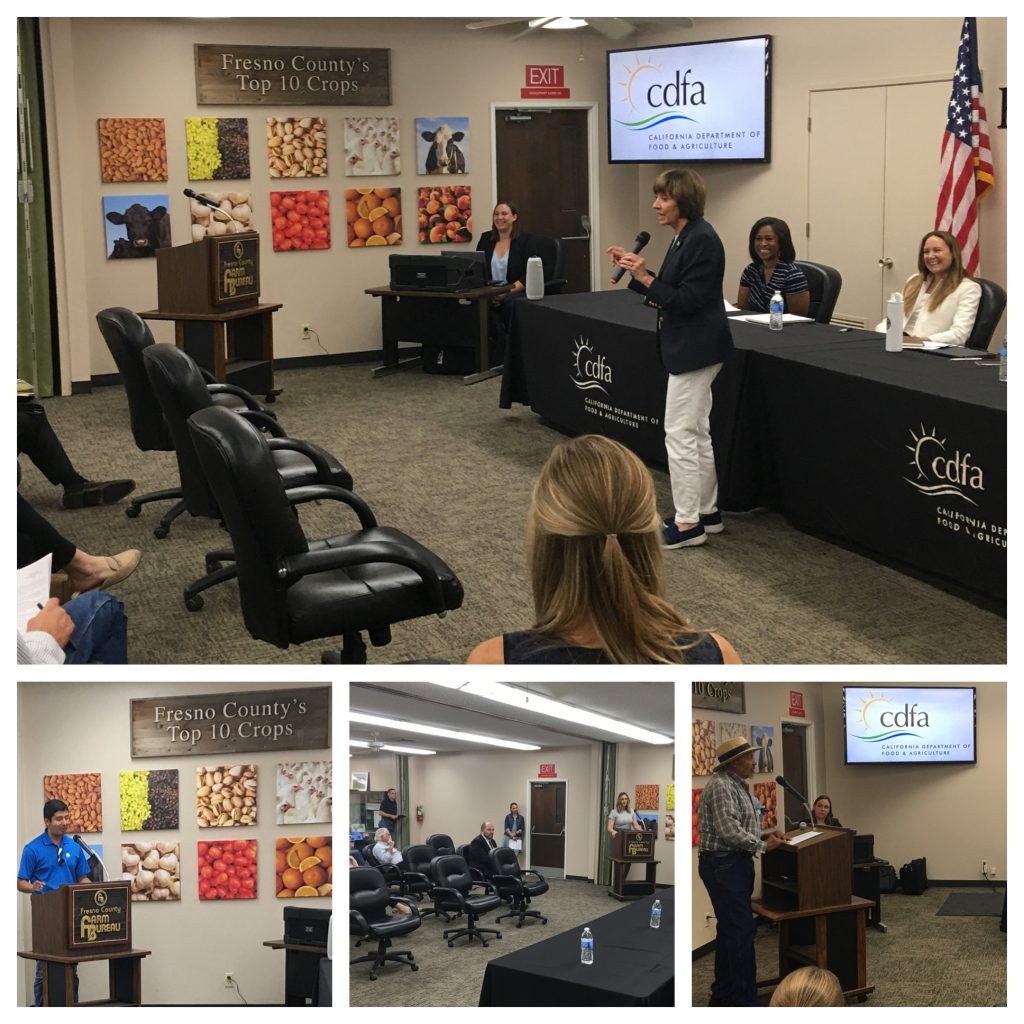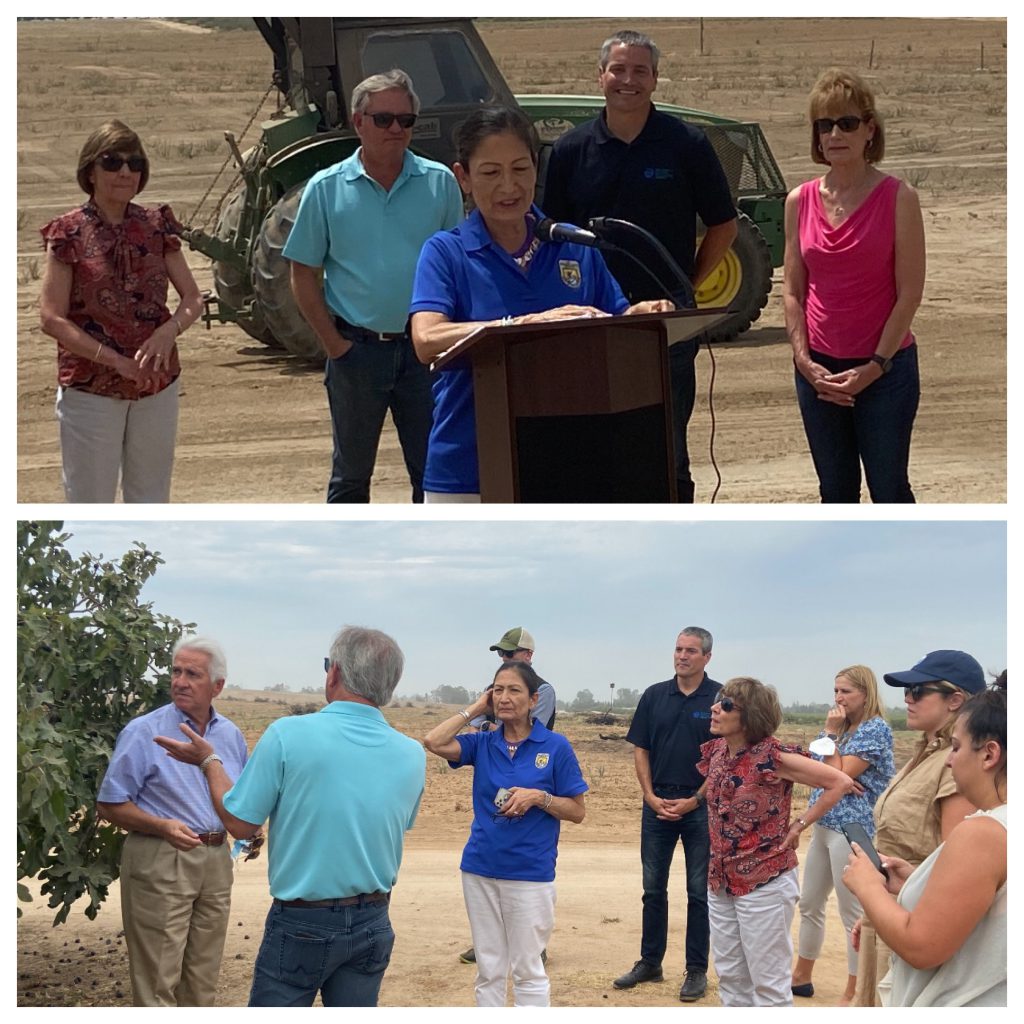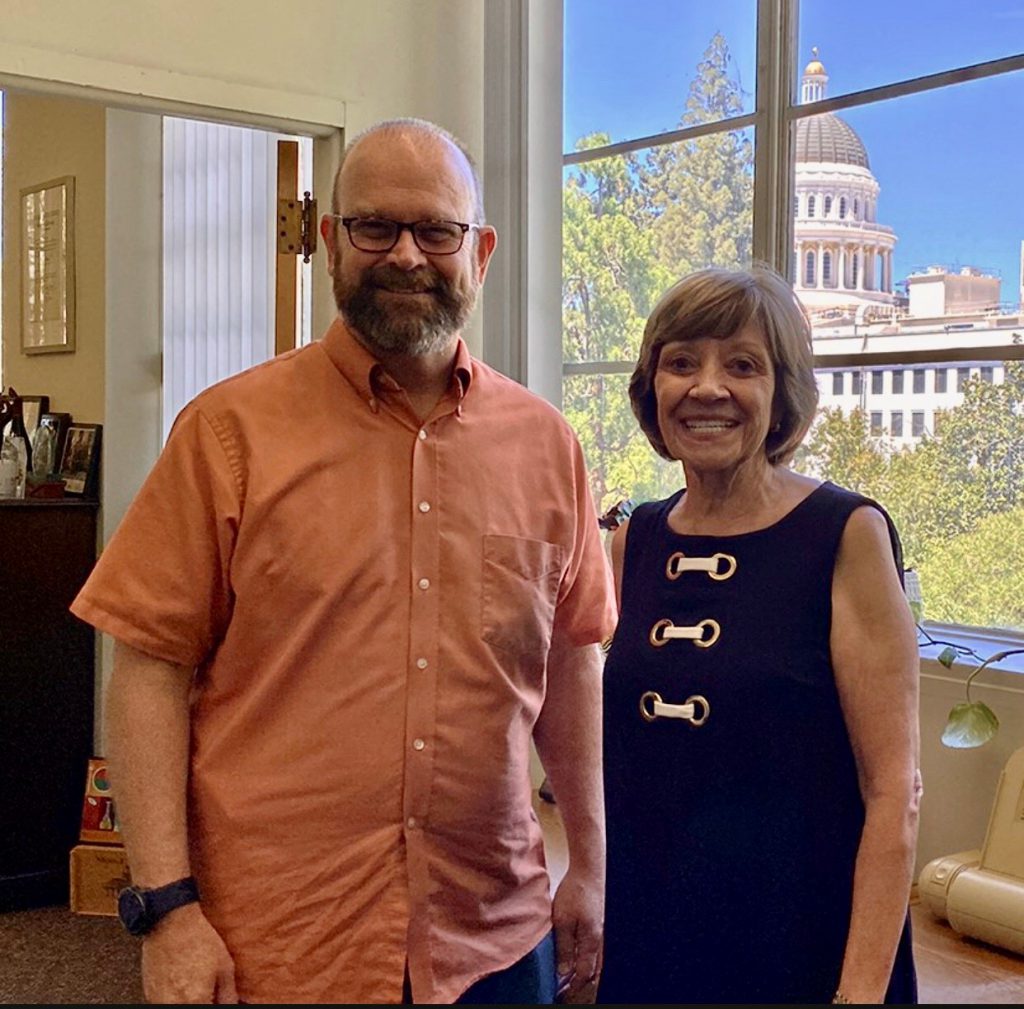By Spencer Chase
The National FFA Organization’s top staffer says its diversity and inclusion efforts are key facets of a new strategic plan and value statements currently guiding the group and its newly announced record membership.
It’s a charge that FFA CEO Scott Stump says is critical not only for the future health of the organization, but also for the workforce American agriculture will need in coming years.
Agriculture “is currently in need of more employees, in need of individuals that are capable of working across differences in the workplace to solve really difficult problems,” he said.
“We going to need all hands on deck and there is talent out there that we have not sourced yet,” Stump added. “And our goal is to bring that to bear for our industry, and to make sure that all students are ready to go and thrive in inclusive and diverse work environments as we move forward.”
FFA leaders are being guided by both a three-year strategic plan and value statements ratified at the organization’s most recent annual convention.
The value statements include four main tenets: The organization respects and embraces every individual’s culture and experiences, welcomes every individual’s contribution to advance their communities and the industry of agriculture, cultivates an environment that allows every individual to recognize and explore their differences, and creates leadership opportunities for every individual to enhance their personal and professional endeavors.
Some 475 delegates approved the value statements in November 2021 at the group’s 94th Annual Convention in Indianapolis.
The three-year strategic plan’s main goals involve aligning the organization’s programs with modern agriculture, engaging with outside interests to make sure students are prepared to be employed in diverse workplaces, and empowering state and local leaders in the organization, Stump said.
While the group’s national convention in Indianapolis is a very visible event to the general public, FFA members will spend the majority of their time in the group’s signature blue jacket a little closer to home at local chapter-level activities or in their school’s ag education classroom. While FFA’s largest chapters remain in urban areas, many of the group’s members hail from rural communities that are predominantly agricultural, frequently small, and can be primarily – if not exclusively – Caucasian.
But for Stump and other FFA leaders, diversity efforts are necessary for not only the aforementioned workforce preparation but also to ensure the comfort of the growing number of students who might not fit into the rural, white demographic.
The organization recently announced a new record membership, topping 850,000 students for the first time. About 230,000 – some 27% of the organization’s membership – identify as persons of color, Stump said. The gender profile of the organization continues to evolve as well; male students make up about half the membership, with the other half being female (43%), nonbinary (0.5%) and those that either did not disclose their gender or (4.7%) or left that space on their membership application blank (1.2%).
“What we see post-value statement is us expanding our work in the space of reaching out to and providing access to underrepresented and marginalized populations, and equipping all of our students to work in a quickly and rapidly diversifying workplace,” Stump said.
But those efforts are not without their concerns inside the organization.
FFA is currently looking for a new national adviser following the resignation earlier this year of James Woodard.
Woodard, who held the position for about two and a half years, specifically cited the organization’s diversity efforts in the letter announcing his departure.
In a copy of the letter obtained by Agri-Pulse, Woodard both praised the diversity efforts of the organization – specifically the value statements – but also offered criticism of the direction of some conversations on the subject.
“The unfortunate part of this journey is the continuing efforts of certain sectors of our culture to further divide OUR youth organization,” Woodard wrote. “I am appalled that adults in our organization continue to bring forth celebrations which highlight only certain backgrounds of diversity.”
But the value statements, Woodard said, were “the right approach to reset the fundamental belief of respect for everyone as individuals in a microcosm of diversity.”
Woodard’s letter did not offer a specific instance of the kind of divisive dialogue he cited. When reached by an Agri-Pulse request for comment, Woodard deferred questions to Stump and Cheryl Zimmerman, who is currently serving as the organization’s acting adviser.
Stump said Woodard was “instrumental” in crafting the value statements and also offered his input on the position description set to be used by the National Council for Agricultural Education; the position is no longer required to be housed within the Department of Education following a recent rewrite of the organization’s federal charter passed by Congress.
As for Woodard’s comments about only certain forms of diversity being recognized by the organization, Stump said FFA plans to be guided by an expansive definition of underrepresented and marginalized populations.
“That includes not just race and ethnicity, it includes gender, it includes sexual orientation, it includes socioeconomic status, it includes students differently abled, geographic. It is the widest swath so that we can have a true picture of who is and who is not being served by FFA and who then do we need to be inviting in to grow as a leader that’s going to change the world,” he said.
It’s not the first time the issue – and the changing climate of diversity and inclusion dialogue – has been front and center for the organization.
In 2020, Lyle Logemann was removed from the organization’s national officer team following the emergence of what FFA called “concerning” social media posts that offered commentary on race, religion, and immigration issues. Logemann sued over his removal, and Agri-Pulse has learned the case has been settled out of court “to the mutual satisfaction of both sides,” according to separate statements from an FFA spokesperson and a representative for Logemann.
But the saga came as nationwide protests over the murder of George Floyd were prevalent in the news, igniting conflicts at kitchen tables and across social media platforms as discussions about the nation’s race relations approached a fever pitch. About five months after Logemann’s lawsuit was filed, Mark Poeschl – FFA’s CEO at the time – stepped down, telling organizational stakeholders “I know I haven’t always made everyone happy; I know there have been challenges we have faced during my tenure, but my intentions have been for the best interests of FFA and our student members.”
FFA responded by beefing up its screening process for national officer candidates, a new procedure that Christine White – FFA’s chief program officer – tells Agri-Pulse has not “precluded anybody from being a part of the process.” The organization wants to have Woodard’s successor in place by the FFA convention in October.
The organization is currently drafting the metrics it plans to use to track progress on its three strategic plan goals. Stump said the goal is to have those benchmarks defined by the end of the year. But in the meantime, steps like encouraging more teachers of color to consider agricultural education – and better reach the students of color FFA is pursuing – are underway.
The small-town makeup of FFA chapters across the country will continue, but will be coupled with growth in new areas in search of students poised to address agriculture’s next challenges.
“Wherever students are, we need to grow … In many (rural communities), we are at the fullest amount that we can get from that community,” Stump said.
Conversations with agribusiness leaders have reinforced the organization’s push for a more diverse and inclusive membership that will someday “need to be able to work in an ever-growing diverse environment, and … be able to collaborate and work with students that don’t look like them or identify like them,” he said.
For more, go to www.Agri-Pulse.com.




